Growth in Automotive Applications
The automotive industry is experiencing a notable shift towards lightweight materials, which is significantly influencing the Polypropylene Foam Market. As manufacturers strive to improve fuel efficiency and reduce emissions, the use of polypropylene foam in vehicle interiors and components is becoming more prevalent. This material offers excellent sound insulation and thermal properties, making it ideal for automotive applications. In 2025, the automotive sector is expected to represent a considerable portion of the market, as automakers increasingly adopt polypropylene foam for its lightweight characteristics. This trend suggests a promising future for the Polypropylene Foam Market, as the automotive sector continues to innovate and prioritize sustainability.
Increased Focus on Sustainability
The growing emphasis on sustainability is reshaping the Polypropylene Foam Market. As consumers and businesses alike become more environmentally conscious, the demand for recyclable and eco-friendly materials is on the rise. Polypropylene foam, being lightweight and recyclable, aligns well with these sustainability goals. In 2025, the market is likely to see an uptick in the adoption of polypropylene foam as companies seek to reduce their carbon footprint. This shift towards sustainable materials not only meets regulatory requirements but also enhances brand reputation. Consequently, the Polypropylene Foam Market is poised for growth as it adapts to the evolving preferences of environmentally aware consumers.
Rising Demand in Packaging Sector
The increasing demand for lightweight and durable packaging solutions is a primary driver for the Polypropylene Foam Market. As e-commerce continues to expand, the need for protective packaging materials that can withstand shipping and handling is paramount. Polypropylene foam, known for its excellent cushioning properties, is increasingly utilized in packaging applications. In 2025, the packaging sector is projected to account for a substantial share of the market, driven by the need for sustainable and recyclable materials. The versatility of polypropylene foam allows it to be molded into various shapes, enhancing its appeal in the packaging industry. This trend indicates a robust growth trajectory for the Polypropylene Foam Market, as manufacturers seek innovative solutions to meet consumer demands.
Expanding Applications in Construction
The construction industry is increasingly recognizing the benefits of polypropylene foam, which is driving growth in the Polypropylene Foam Market. This material is utilized for insulation, soundproofing, and as a lightweight filler in various construction applications. As building regulations become more stringent regarding energy efficiency, the demand for effective insulation materials is rising. In 2025, the construction sector is anticipated to contribute significantly to the market, as builders and contractors seek materials that offer both performance and sustainability. The versatility of polypropylene foam positions it as a favorable choice in the construction industry, suggesting a robust future for the Polypropylene Foam Market.
Technological Innovations in Production
Technological advancements in the production of polypropylene foam are driving efficiency and quality in the Polypropylene Foam Market. Innovations such as improved extrusion techniques and enhanced foaming processes are enabling manufacturers to produce higher-quality foam with better performance characteristics. These advancements not only reduce production costs but also enhance the material's properties, making it more appealing for various applications. In 2025, the market is expected to benefit from these technological improvements, as manufacturers leverage new technologies to meet the increasing demand for high-performance polypropylene foam. This trend indicates a dynamic evolution within the Polypropylene Foam Market, as companies strive to stay competitive through innovation.


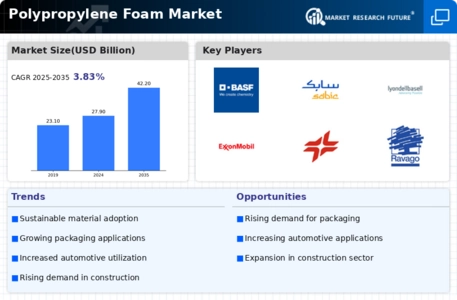
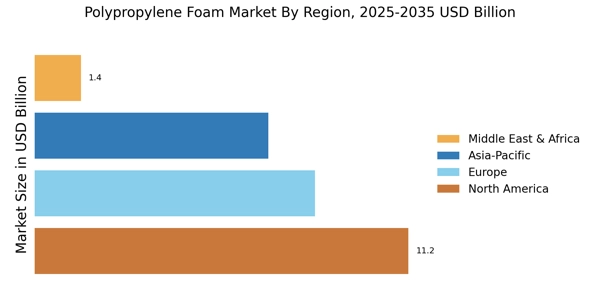

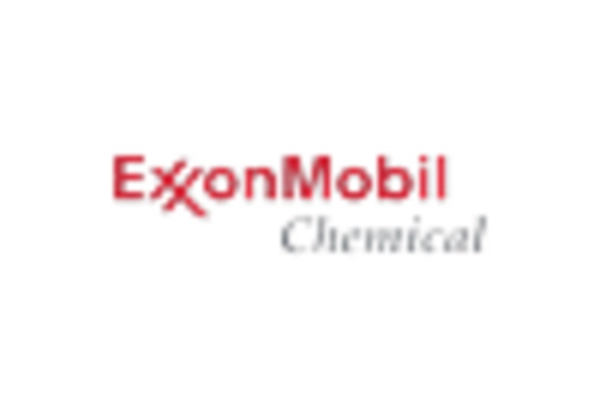
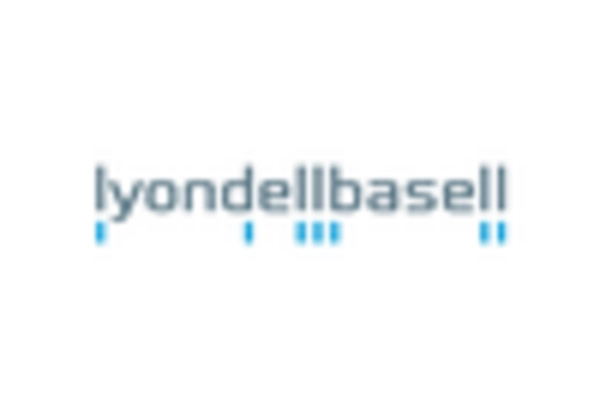
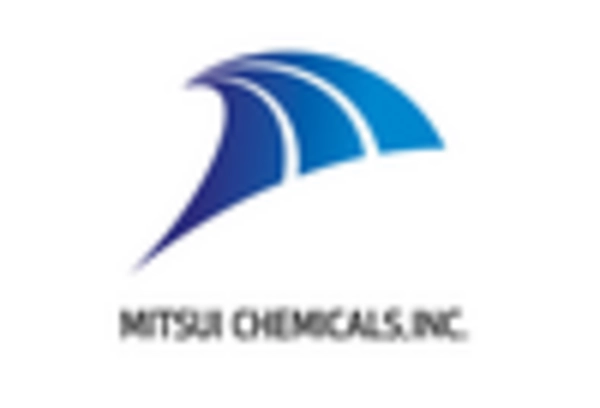

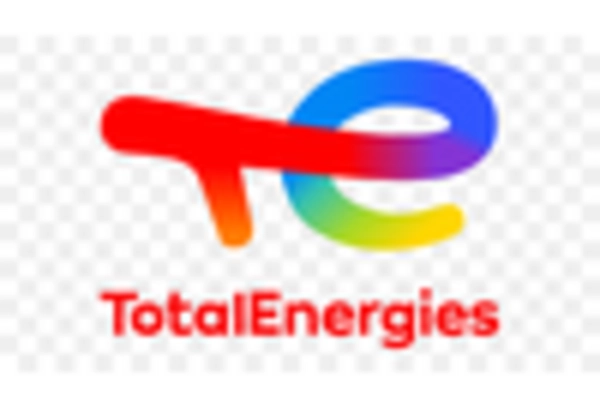








Leave a Comment